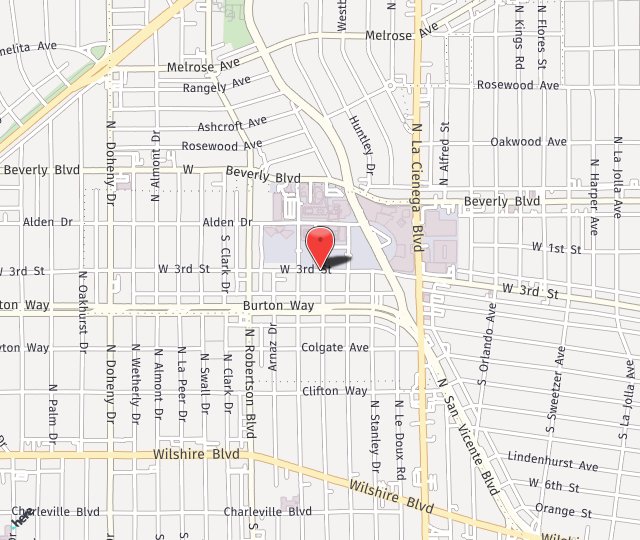Taking the Pressure Off
- Posted on: Aug 15 2020
 Nerves need their space. To properly get the electrical signals through, the nerves need room. But in some places, such as our wrists and where nerves are exiting the spinal canal, things can get a little tight. Whether due to inflammation in a narrow passageway, such as the carpal tunnel, or due to a bulging disc pushing on a nerve root in the spinal area, nerves become compressed. This leads initially to pain and numbness in the area served, but if left without being treated, these nerves can become permanently damaged and the person loses contact with the muscle served.
Nerves need their space. To properly get the electrical signals through, the nerves need room. But in some places, such as our wrists and where nerves are exiting the spinal canal, things can get a little tight. Whether due to inflammation in a narrow passageway, such as the carpal tunnel, or due to a bulging disc pushing on a nerve root in the spinal area, nerves become compressed. This leads initially to pain and numbness in the area served, but if left without being treated, these nerves can become permanently damaged and the person loses contact with the muscle served.
To head off those kinds of problems, Dr. Seruya performs neurolysis, otherwise known decompression surgery, to open space for compressed nerves.
What is nerve decompression?
For decompression, Dr. Seruya surgically releases the tight fascia, muscle, tendon, and sometimes bone that are compressing the nerve. He also usually needs to cut away scar tissue that has formed around the area of compression. The goal is to provide space for the nerve, giving it a chance to regenerate its outer myelin sheath. Doing so before the nerve has permanent damage returns normal electrical signal transmission through the nerve, along with the return of movement, feeling, and function to the area served by the nerve.
Would nerve decompression be right for me?
Nerve compression often shows itself with a combination of pain, tingling, numbness, and possible decreased coordination in the extremities served by the nerve. For instance, when the median nerve that runs through the wrist is compressed in the carpal tunnel the person will have tingling, aching wrists and fingers. Slowly, function will be impaired in the hands and thumb, index, middle, and half of the ring finger.
In these cases, the nerve remains in continuity, but its outer lining, the myelin, can be damaged by the pressure. Scar tissue then replaces the myelin, and this makes it harder for electrical signals to pass down the nerve. As a result, muscles are not signaled to contract, and areas of the skin feel numb. Now nerve decompression is necessary.
What conditions can be treated with nerve decompression surgery?
- Carpal tunnel syndrome
- Chronic headaches
- Cubital tunnel syndrome
- Diabetic neuropathy
- Peroneal nerve entrapment
- Radial tunnel syndrome
- Tarsal tunnel syndrome
- Thoracic outlet syndrome
Do you have signs of nerve compression? Call Dr. Seruya at (310) 423-2129 to schedule a consultation for possible neurolysis.
Posted in: Nerve Decompression/Neurolysis

